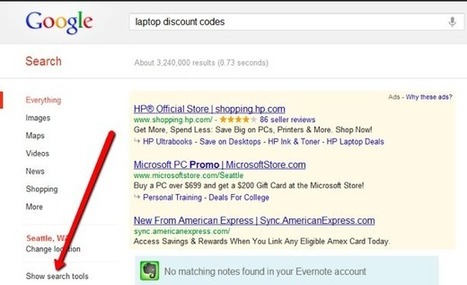You're a community manager, or you want learn to be more effective in your presence in social media, this blog will give you many ideas on this subject. As usual Social Media Examiner provide us an interesting and very useful content. Go ahead and share it too. [note Martin Gysler]
Social media community management: Follow these tips to learn how to exercise good social etiquette and manage your social networking communities.
Do you wonder how to go about exercising good social etiquette and managing your social networking communities, all at the same time?
Social media community management has expanded into a growing field and there’s a lot to think about.
In this post, I’ll cover 26 tips, an A-Z guide, on ways to manage your company‘s presence.
Read more: http://www.socialmediaexaminer.com/social-media-community-management/
Marty Note
Helpful community creation and management tips here. I like 3 and 4: Create stories and subdivide into segmented social media plays. I never thought of segmenting our social media since managing what we are now is about to crush us (lol), but interesting idea with merit. Other cool ideas in this helpful list too.
Via Martin Gysler



 Your new post is loading...
Your new post is loading...







![Stalking Social Influencers: How To Segment Your Audience [Infographic] | BI Revolution | Scoop.it](https://img.scoop.it/6Z3ut9lI4n1djfx6hWIDdDl72eJkfbmt4t8yenImKBVvK0kTmF0xjctABnaLJIm9)








